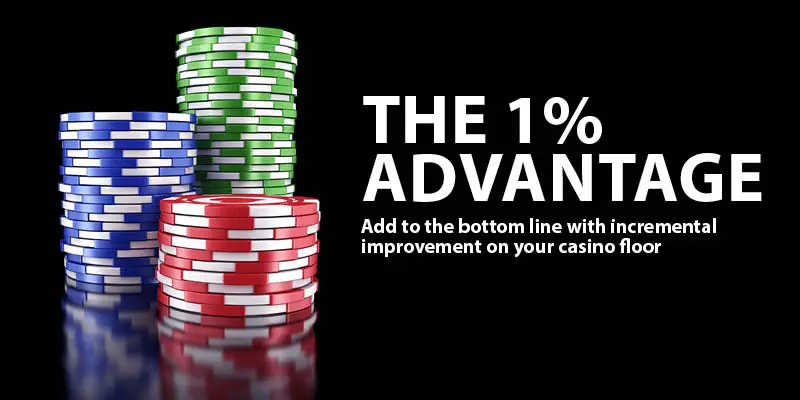The slot machine has been a staple on the gaming floor since its introduction at the Liberty Belle Saloon & Restaurant in Reno, NV in 1895. Since that time, this machine has become the workhorse of the modern casino.
In 2016, slot machines accounted for more revenue than all other casino games combined, tototalingne-half to two-thirds of casino revenue. In one year the casino total gaming win from slots was a staggering $7 billion according to a NEVADA GAMING CONTROL BOARD GAMING REVENUE REPORT (Nevada, March 2015 – February 2016).
Changing the game
Radical change, the elusive ‘unicorn’ business – these are all buzzwords in today’s business news. It is tempting to seek to make big changes to dramatically add revenue. In fact, over the past two decades the slot floor has undergone radical change with the advent of video and server-based games. These changes give casinos more operational control and create a better player experience. And, this transition has increased revenue for the house.
Gaming managers, however, work in an enviornment where hourly, daily, monthly and annual goals are the guidelines that manage the business. Big changes bring big risks. Downtime means lost revenue. The goal of the manager is to optimize play, minimize downtime, and manage compliance.
The Kaizen Way
Kaizen is the philosophy of small, continuous improvement. The philosophy was developed in the U.S. during the great Depression when management theorists introduced the idea of continuous improvement in infrastructure and processes. The manual encouraged factories to “Look for improvements on existing jobs with your present equipment.”
America introduced the concept to the Japanese after the war and they took the idea and embraced it, naming it Kaizen — Japanese for continuous improvement. The Kaizen concept was introduced at Toyota and other companies so successfully that in the 1980’s American automobile makers brought the philosophy back to the U.S.
The aggregate effect
The cornerstone of the Kaizen approach is that 1% improvement can usually be made with a minimum of the organizational pain that comes with radical shift. Over time, the 1% change has a compounding effect.
Marginal improvements over time equal a better organization. Marginal gains over time equal big dollars.
American basketball player and head coach at the University of California at Los Angeles John Wooden was a proponent of the Kaizen method. Dubbed the “Wizard of Westwood” he used incremental improvement to win ten NCAA championships over 12 years with a record seven in a row. He said;
“When you improve a little each day, eventually big things occur. When you improve conditioning a little each day, eventually you have a big improvement in conditioning. Not tomorrow, not the next day, but eventually a big gain is made. Don’t look for the big, quick improvement. Seek the small improvement one day at a time. That’s the only way it happens — and when it happens, it lasts.”
Putting it into practice
Today’s casino has a great deal of capital investment in slot machines on the gaming floor. The flip side for these money-generators is downtime due to mechanical issues, maintenance, and compliance. Downtime equals loss. What would a 1% downtime cost the casino?
Example:
A machine may have multiple repair calls in a 24-hour period because it isn’t receiving bills. In each case, the technician clears the jammed bill, notates the MEAL log and puts the machine back in play unaware that the issue is recurring. Seen together the multiple calls will identify a larger repair is needed to keep the machine in play.
For a small casino with 700 Slot machines on the floor
Average win per machine per day $100
1% downtime (7 machines)
Lost revenue $21,000/Month
Here lies opportunity.
The smart manager is looking for incremental improvements in the areas of optimization, maintenance, and compliance for the slot floor. Real-time information is the key ingredient to success.
Volante SlotTrak software proactively sends notifications on machines that are continually breaking and costing more money. The core issue can be addressed correctly and the downtime is reduced. For the example above, 1% downtime totals a whopping $252,000 lost revenue per year.

